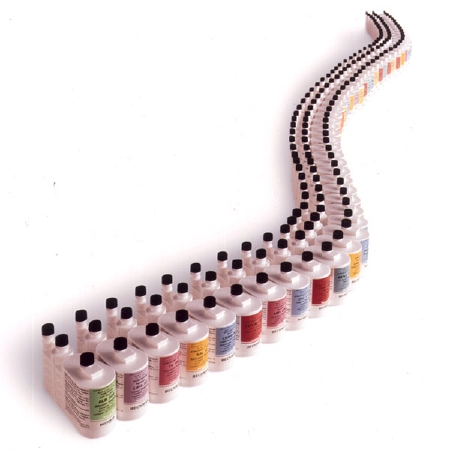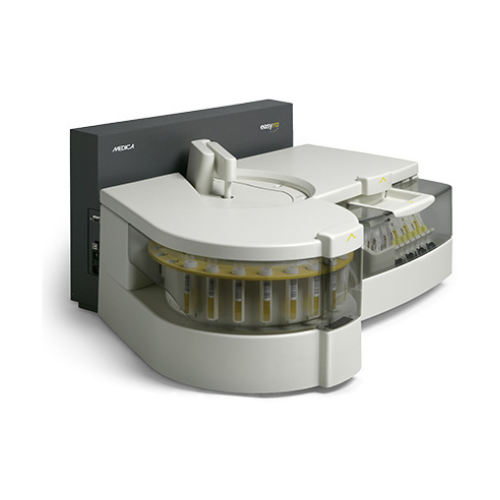For Business Use Only. Does Not Ship to Residential Addresses. For use inside an Analyzer, Sold Separately.
OSR6143 APO B (Apolipoprotein B) Reagent, 4 x 13 mL & 4 x 7 mL
Product Code: OSR6143
Shipping Weight: 10.00lbs (4.54kg)
Specifications
Manufacturer: Beckman Coulter
Country of Origin: Ireland
Application: Reagent
Number of Tests: 4 X 250 Tests
Test Method: Immunoturbidimetric Method
Test Name: Apolipoprotein B
Test Type: Cardiac / Specific Protein Test
UNSPSC Code: 41116004
Volume: 4 X 13 mL, 4 X 7 mL
Intended Use
System reagent for the quantitative determination of Apolipoprotein B in human serum on Beckman Coulter AU analyzers.
About APO B (Apolipoprotein B) Reagent
Lipids are transported throughout the body by complex structures called lipoproteins. Lipoproteins are classified into five major density classes: chylomicrons, very low density lipoprotein (VLDL), intermediate density lipoprotein (IDL), low density lipoprotein (LDL) and high density lipoprotein (HDL). Over the past several decades, decreased serum levels of high density lipoprotein (HDL) and increased levels of low density lipoprotein (LDL) have been associated with increased risk of coronary artery disease.
Associated with these lipoproteins, at least five major apolipoproteins have been described and have been labeled A through E. Apolipoprotein B (Apo B) is the major protein component of VLDL and LDL, and therefore plays an essential role in lipid transport and metabolism.
Methodology
Immune complexes formed in solution scatter light in proportion to their size, shape and concentration. Turbidimeters measure the reduction of incidence light due to reflection, absorption or scatter.
In this procedure, the decrease in intensity of light transmitted (increase in absorbance) through particles suspended in solution is the result of complexes formed during the antigen-antibody reaction.
Additional Information
APO B (Apolipoprotein B) Reagent - Safety Data Sheet
APO B (Apolipoprotein B) Reagent - Instructions for Use














